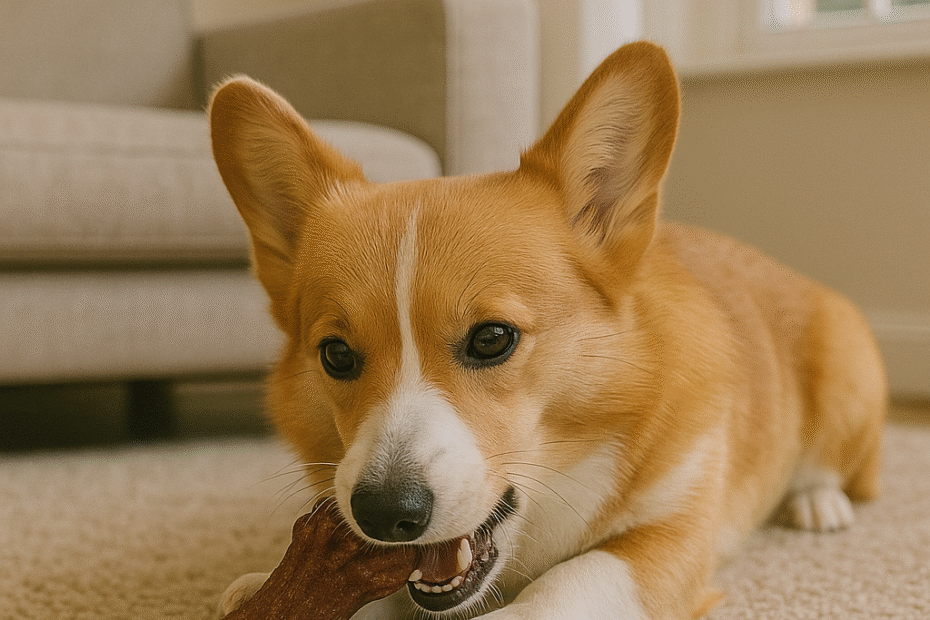If your dog struggles with being left alone, the idea of “just leaving them with a toy” might feel laughable.
They don’t want a toy. They want you. Let’s look at how enrichment eases separation stress.
While nothing replaces a strong relationship and gradual training, enrichment can change the game, especially when it’s used strategically to create calm.
Let’s look at how enrichment supports dogs with separation struggles, and how to use it to build confidence, independence, and rest.
What Is Enrichment, Really?
Enrichment is anything that gives your dog a chance to think, sniff, explore, chew, or problem-solve.
It taps into their natural instincts in a healthy, constructive way. Enrichment eases separation stress by giving their brain a workout.
Just like a long walk tires out their legs, enrichment tires out their brain and a tired brain is far more likely to rest.
Why It Helps Dogs With Separation Stress
Here’s what thoughtful enrichment can do for dogs who struggle when left alone:
✔️ Shifts their focus from panic to problem-solving
✔️ Builds positive associations with alone-time
✔️ Encourages independence
✔️ Releases dopamine, the “feel-good” hormone
✔️ Interrupts the anxiety cycle with engagement
When used wisely, it becomes a powerful tool in your separation training plan.
Types of Enrichment That Work Well When You’re Out
Start setting up enrichment activities when you’re at home at the start. You need to make sure that your dog is safe i.e. that they’re not going to eat or chew on something that could cause issues and an expensive vet visit. Supervised play to start with until you both have confidence in the enrichment activity.
🧠 Food-based enrichment
- Frozen Kongs
- LickiMats
- Puzzle feeders
- Cardboard boxes filled with treats and paper to shred
🐽 Scent-based enrichment
- Scatter feeding
- Hide-and-sniff games around the safe zone
- Snuffle mats
🦴 Chewing and licking
- Long-lasting chews (natural options are best)
- Stuffed or frozen bones (definitely supervised at first)
The key? It must be something your dog enjoys and feels safe enough to engage with even when you’re not there.
Tips to Make It Effective
- Start when you’re home. Build a strong enrichment routine before using it when you leave.
- Pair it with your pre-departure routine (e.g. give a Kong, then calmly leave).
- Don’t overcomplicate it. One or two activities done well are better than five that overwhelm.
- Rotate what you offer. Keep it interesting, but consistent enough to feel safe.
What Enrichment Can’t Do
It can’t “fix” separation anxiety on its own.
It’s not a distraction, trick or a bribe.
But when combined with training and environmental support, it becomes part of your dog’s emotional toolkit. It can be something that helps them stay calm, even when you’re gone.
Enrichment isn’t just about keeping your dog busy.
It’s about giving them a chance to feel good, make choices, and cope.
You’re not bribing them, you’re supporting them.
And that’s a beautiful way to build trust, even when you’re not in the room.
This is the last of my August blog series on Separation Anxiety. If you want to go back and read the other blogs then click here.
The Pet Professional Guild Australia also have some information on separation anxiety that you may find interesting.
If you’d like to have an In-home Consultation with me to help your doggo then head over to my Services Page and book in.
Game on!
Let’s Play!
Hxx
*created with the assistance of AI

